Natural & botanical dye w’ indigo & shibori
Learn the magic, art & science of natural dyeing. Creating colour from your landscape, garden, compost or powdered dyes, you’ll learn how to eco-print, bundle dye, hot and cold dyeing as well as solar dyes.
The beauty of blue is included with a simple Indigo vat as well.
You’ll learn various methods for creating patterns & prints onto cloth with Shibori and other resist or tie-dyeing processes.
Working with flowers, leaves, bark & locally gathered natural materials you’ll discover the absolute joy of creating colour in your own backyard or kitchen.
The complete joy and beauty of natural & botanical dyeing is that once you start you will find that there is a lifetime of things to learn. It opens your eyes to a new way of looking at the world around you.
Stepping into the world of using plants for colour is like stepping back in time, honouring our ancestors, our environment and seeing living colour in a new way.
Learning about the environment and landscape around you, deepening your connection with nature and Earth, while also making something useful, practical and beautiful.
Natural dyeing is the foundation for so many of my other crafts - from the fabric I use for slow stitching or quilting, to the yarn I use for weaving, or the paper I use in my simple journal-making. It becomes a connection for all that I do, tied up with my love of flowers, gathering and noticing.
Natural & botanical dyeing is like being a child again, but with the added joy of creating more than mud pies and flower crowns.
This is the newest addiction that you’ll want to share with all your friends, and soon be dragging home random leaves, flowers and rusty items. No white fabric will be safe!
Course curriculum
A combination of downloadable PDFs, videos & worksheets this is shared in a way as if you’re in my garden studio with me.
New content coming in mid 2022
The foundational basics
about fabrics & materials
preparing your fabric
mordants & making the dye ‘stick’
collecting & gathering your materials (dye stuff)
dyeing on cloth, paper, yarn or raffia
Dyeing
using fresh and dried plant materials
dyeing with flowers, leaves, bark or wood
immersion dyeing
bundle dyeing - often called eco-printing
solar dyeing
hot vs cold dye - and why
We’ll dye with:
simple indigo vat using powdered indigo
eucalyptus leaves & bark
iron & rusty things
flowers from the garden
plants from your landscape
onion skins
avocado seeds

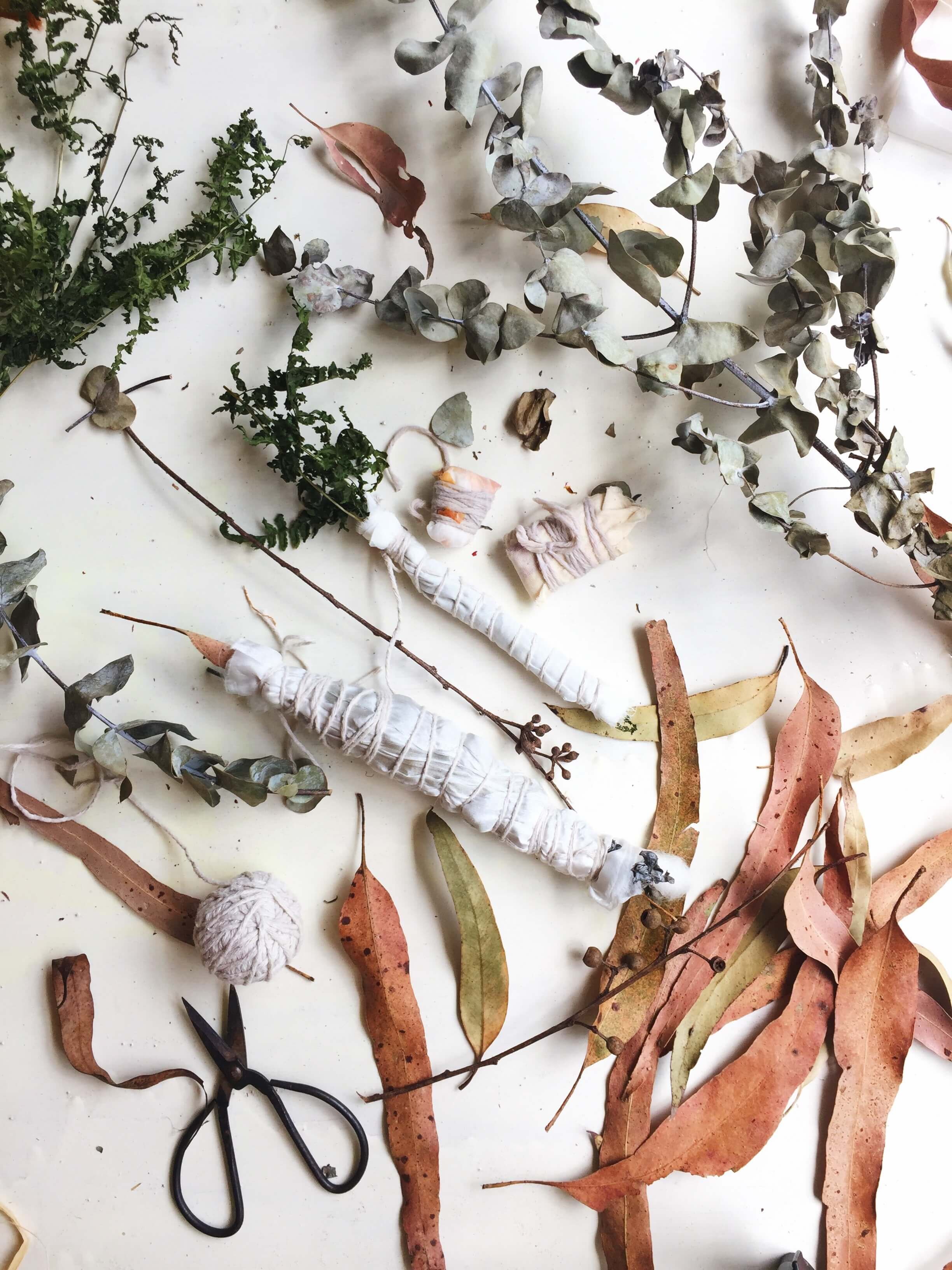

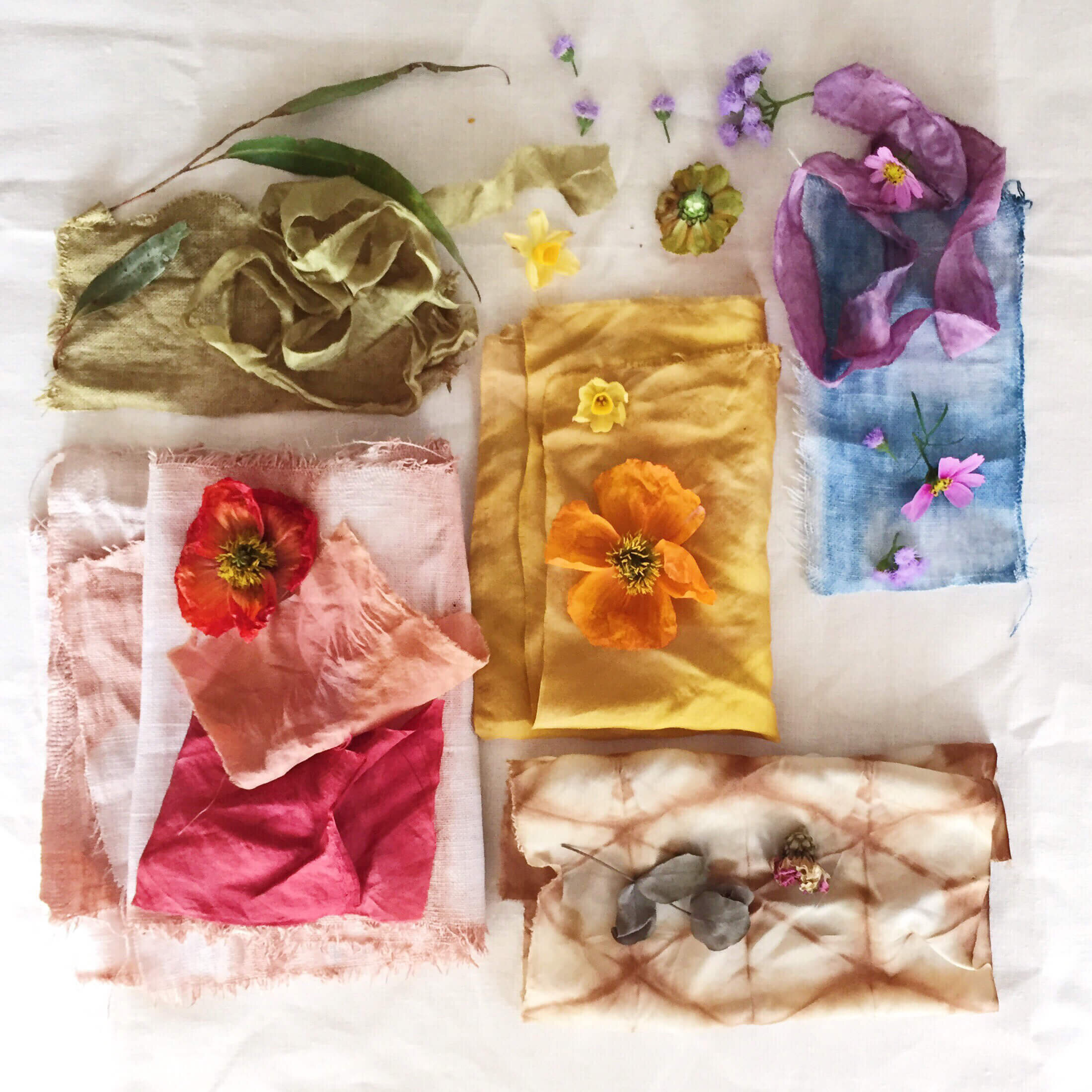

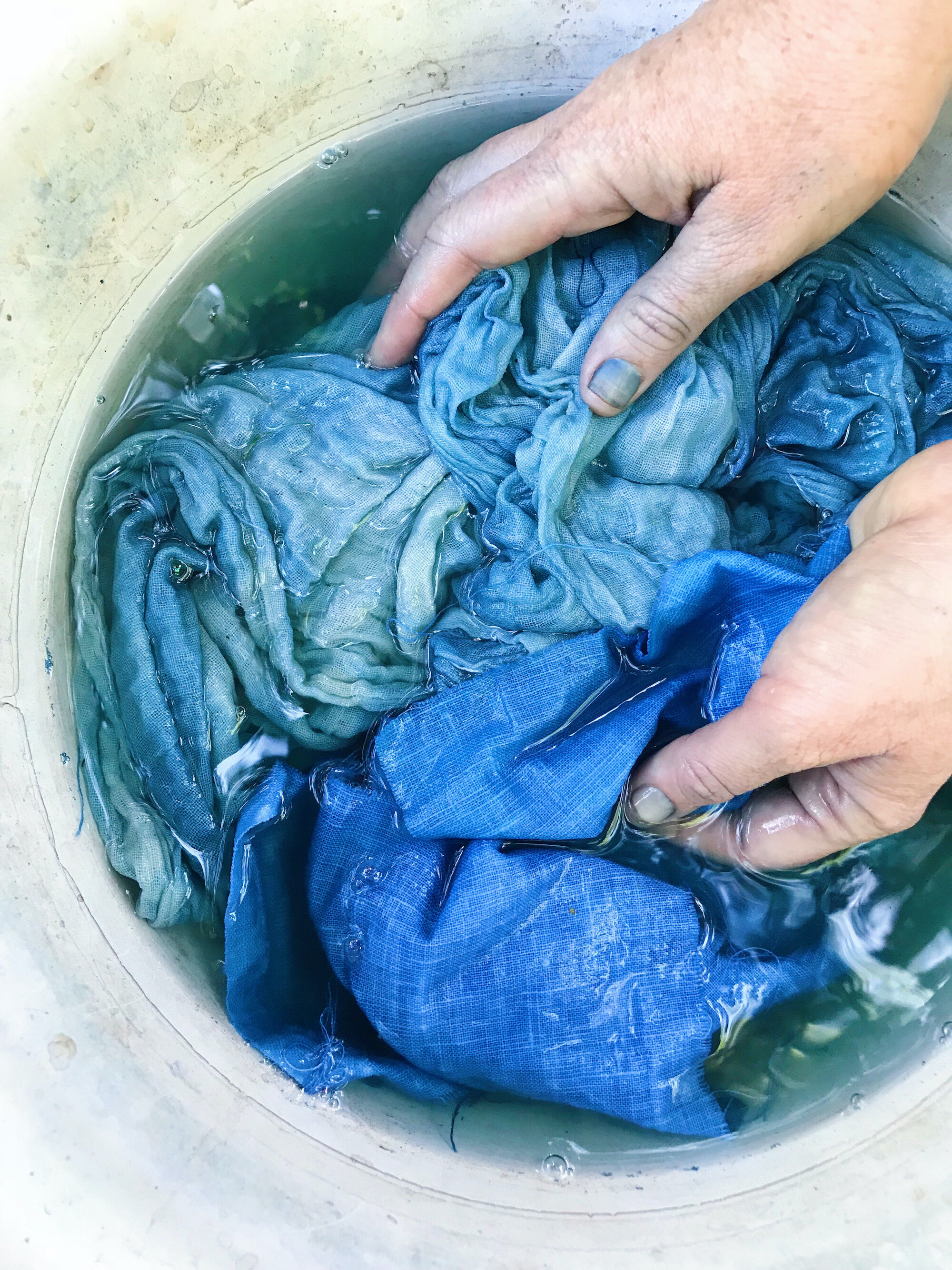



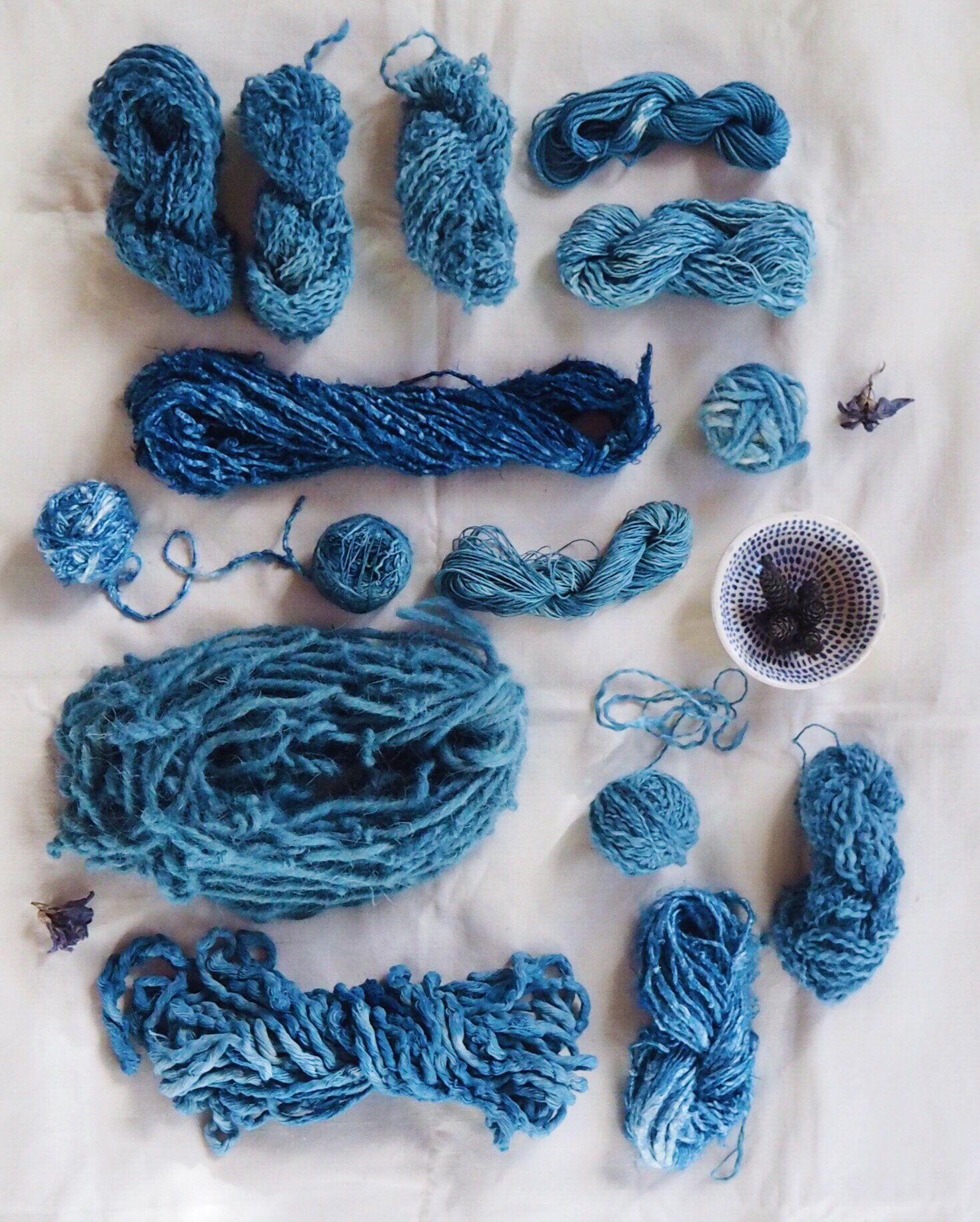




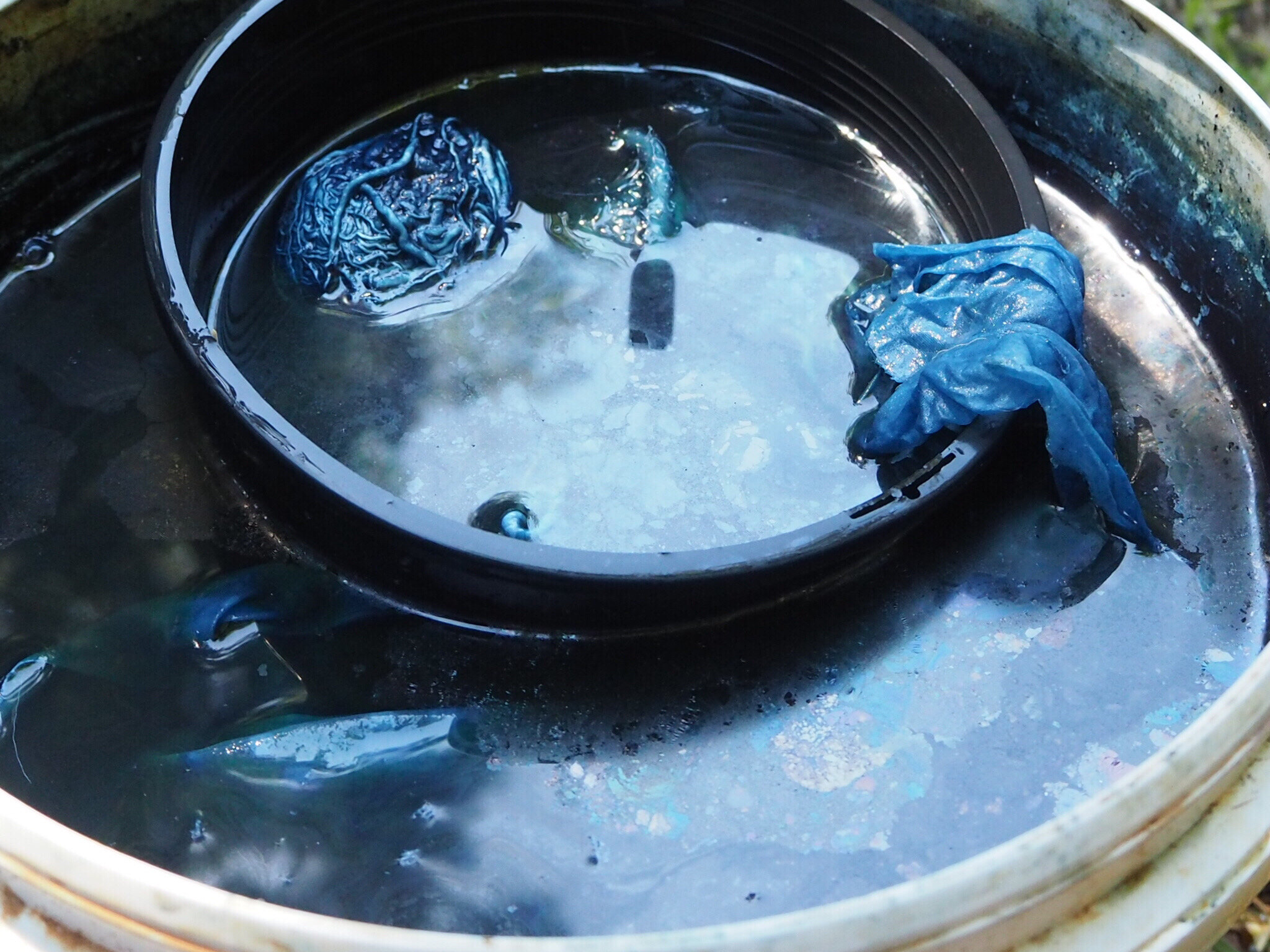
Testimonials
discover the joy of creating colour on cloth, paper or yarn⟶

natural dye inspiration
FAQs
Here’s some common questions about my natural dye course, if you have anything specific, please send me an email. General faqs about all my courses can be found here.
What will I learn?
I’ll take you from the first scary start of what fabric to use, gathering or saving your dye supplies, through to various techniques of dyeing including eco-printing, Shibori, indigo vat, and dyeing with local plants as well as powders.
Can I do natural dyeing in my kitchen or home?
In theory yes. As such most of the things you’ll use are ‘safe’, but as with anything people can have reactions. I suggest you dye in a space that has good airflow (the windows can open), and is child proof.
Collect your own tools and utensils that are used only for natural dyeing; such as a saucepan, spoon, etc that you don’t use for cooking.
I do my dyeing in my kitchen and garden, and don’t have a dedicated dye studio.
What tools & supplies do I need?
You’ll need:
fabric, yarn, paper - all natural materials (synthetics don’t take natural dye so well)
alum or soya milk (as the ‘mordant’)
some rusty things or iron solution
access to heat - can be your kitchen stove, a gas burner in the garden, or a fire place
an old saucepan or two
gloves, tongs, strainer, muslin cloth, buckets
dye stuffs - I’ll talk more about what in the course, but there are so many different things you can dye with from your kitchen or landscape
When can I start?
The course is available for immediate access, and you can watch the videos whenever you want for as long as you want.
If I ever add more content (videos or projects) you’ll receive these in your student portal automatically.
Is this beginner or advanced?
This is mostly for beginners, with step-by-step process of how to start if you’ve never worked with natural dyes before.
The beauty of natural dyeing and any form of Shibori or resist-pattern making, or indeed using an indigo vat is that the more you do it, the better you get at it. I have found natural dye to be a continual learning curve - and my biggest instructor is the dyeing process itself.
















